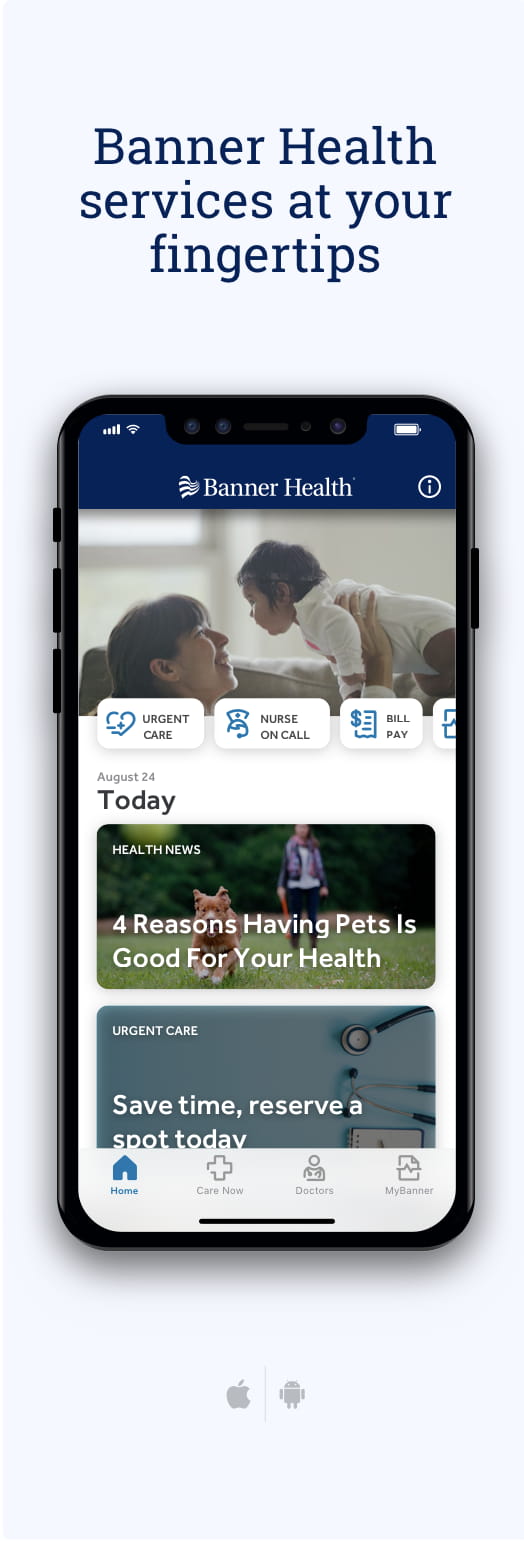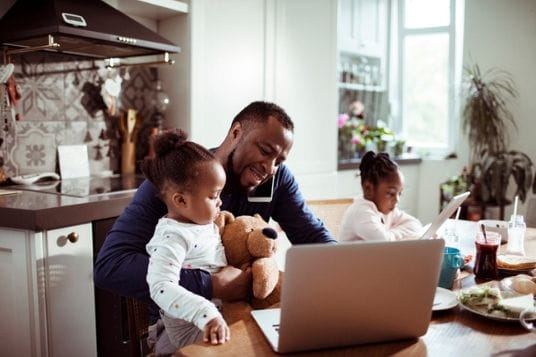You’ve had the birds and bees and puberty conversations, gotten shaving down, purchased her first bras and now the countdown begins to your daughter’s first period. It can be hard to predict when “Aunt Flow” will make a visit, but you can help your daughter be prepared by stocking up on products and creating her first period kit.
While tackling this kit, however, you may notice times have changed a bit since you had your first period—say buh-bye to those Titanic-sized flotation devices we called pads.
“Today, there are a lot of period products available depending on your comfort level with the use of each type, your physical activity level, your daily schedule and the heaviness of your flow,” said Jessica Fraker, MD, an internal medicine physician with Banner – University Medicine Internal Medicine Clinic in Phoenix, AZ. “Cost and sustainability can even play a role in the products you choose as well.”
Five Period Product Tips for Your Tween/Teen
Before you head to your local pharmacy or grocery store and feel totally overwhelmed by all the choices, we asked Dr. Fraker to help breakdown five tips to help you narrow down products that are a perfect fit for your daughter.
Start with the basics
It can be overwhelming for you, especially if you’re a dad, knowing what products she will or won’t need. But at the end of the day, start with the basics: pads and tampons.
“Start with pads and tampons and then consider branching out to some of the other options if desired,” she said. “This is because these are likely the most accessible to your daughter and her peers and most likely the products you’ve had the most experience with."
If your daughter is hesitant about tampon use or isn’t comfortable with the idea of inserting one, plan to start with pads only. Purchase a few types of absorbencies (light, medium, heavy, overnight) that will best suit varying flow heaviness throughout her period.
If your daughter is comfortable with wearing tampons, purchase them in different sizes and absorbencies. There are even tampons marketed specifically for teens. You may want to also have a back-up method like a thin panty liner to protect from any break-through bleeding.
Yes, tampons are perfectly A-OK!
“There’s no age limit for using tampons,” Dr. Fraker said. You read that right. Wearing tampons can be a game-changer for young girls, especially for those who play sports like swimming, gymnastics and ballet or who are very physically active, as pads can feel bulky.
That being said, tampons can take a little bit of practice to get used to them, and your daughter will need to remember to change them more frequently, at least every 4 to 8 hours. Review the leaflet that comes in the tampon box with your daughter, so she knows how to properly put one in and is aware of proper usage.
“The maximum amount of time recommended to wear a tampon is 8 hours,” Dr. Fraker said. “There is a risk (although rare) for something called toxic shock syndrome that is caused by an overgrowth of bacteria. In some circumstances, it has been linked to tampon use, particularly using a tampon for prolonged periods of time without changing and using higher absorbency tampons (especially if flow is light and the higher absorbency is not needed).”
There’s no harm trying a reusable option either
If your daughter is looking for an environmentally-friendly alternative or hates the feel of pads and tampons, she may want to try out period-safe underwear or menstrual cups—both of which are great options for girls of any age.
“Period underwear are relatively new, but they can provide a fair amount of absorbency as a stand-alone period product or as a back-up product to protect from break-through bleeding with other products,” Dr. Fraker said. “They may be more comfortable to wear and are very sustainable as they can be washed and re-worn.”
Menstrual cups are another reusable option if your daughter is comfortable with inserting and cleaning them. “Proper insertion may be a little trickier than with tampons, so it may take some getting used to,” Dr. Fraker said. “The funnel-shaped cups can be left in for up to 12 hours and are also washable and re-usable, so they are a sustainable and cost-effective option.”
Steer clear of the feminine wipes
“Most of these are scented and have fragrant products to ‘help with odor,’ but these fragrances can actually be very irritating to the natural tissues and environment of the vulva and vagina,” Dr. Fraker said. “These can end up upsetting the natural pH of the vagina and make someone more prone to getting infections in that area.”
Instead, your daughter can keep her vaginal area clean by washing the external area (the vulva) with warm water only or washing with warm water and a gentle non-scented soap, making sure to rinse completely.
For other helpful tween/teen parenting tips, check out:


